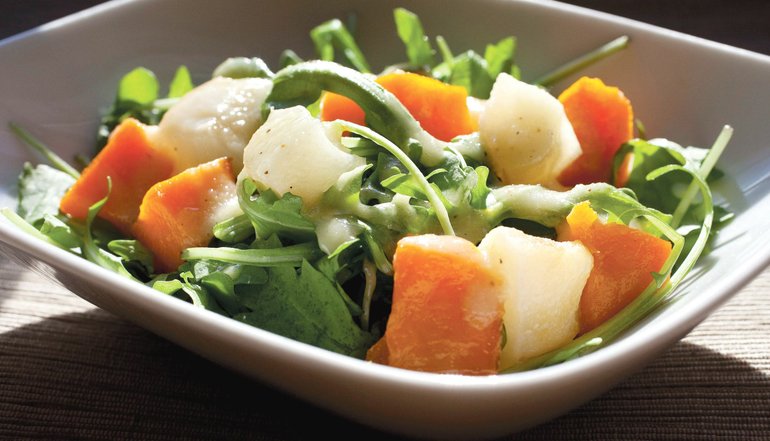The new year is bright and fresh and filled with good intentions. New Year’s resolutions abound, so I’ll add one to the list: Eat your fruits and vegetables, not because your mother told you to or because the food pyramid prescribes it, but because it’s the simplest and most delicious way to keep all those other pledges to lose weight, eat better and feel better.
They also taste great.
I have seen the wrinkled noses when I extol the virtues of Brussels sprouts and cauliflower. I have watched children eat doughnuts while they lob apples and oranges in an impromptu game of catch.
I also know that when the same fruit is turned into kebabs, the kids will eat it.
Setting out a fruit bowl or a vegetable platter is not going to change eating habits in your house. The way to lure takers is to make those foods appetizing. Preparation is key, so here’s my list of suggestions to get you started.



